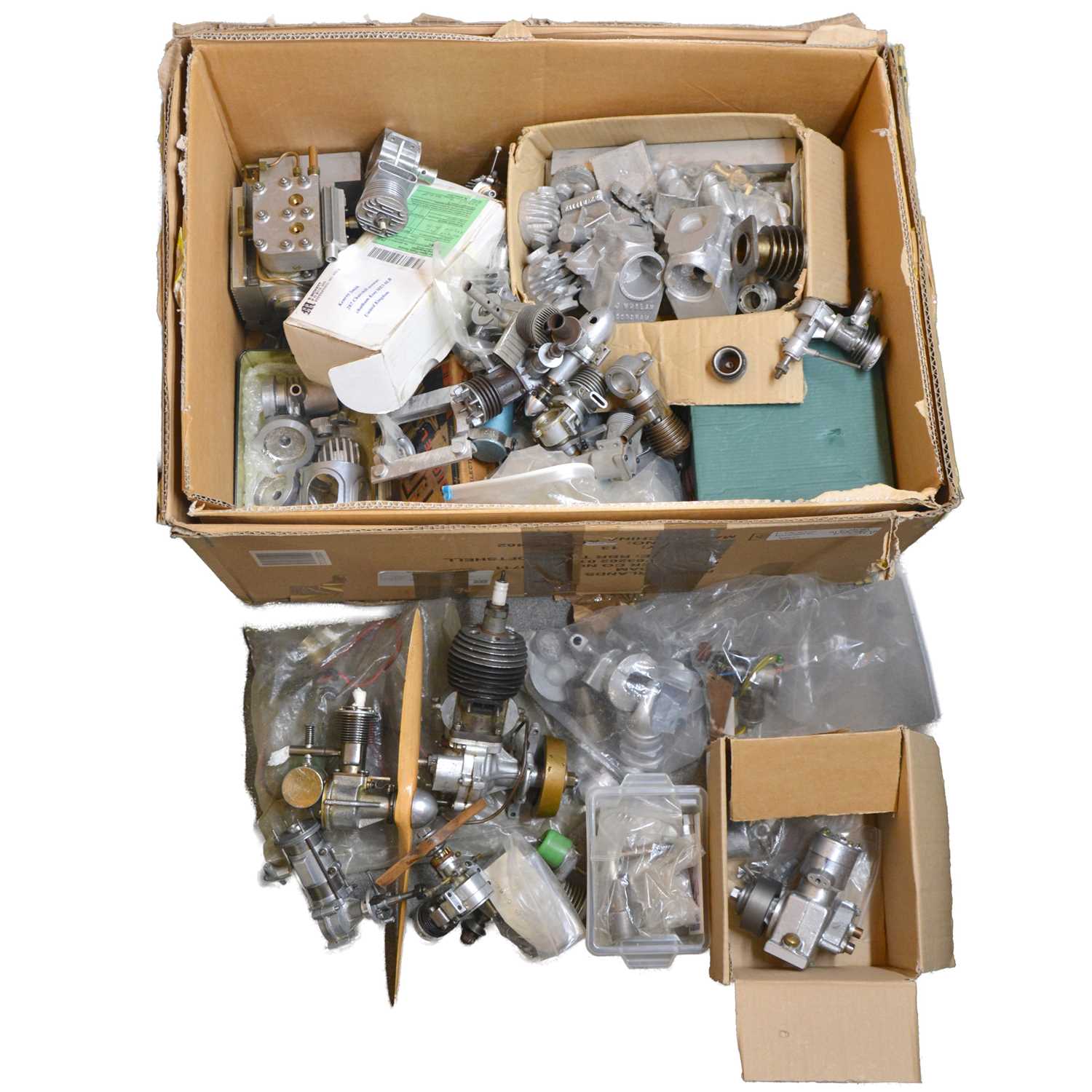Parts I-3 (complete): Cameras A, B and P Series. Photographic Edition Complete set of 597 gelatin silver prints, those in Part 3 with 4 images, each 35 x 27.5cm (13 x 10 in), images 19 x 19.5cm (7 x 7 in), each numbered at top right and backed with fine linen as issued, first photograph in Part 2 with short tears to one edge, loose with 2 text booklets (of 3, lacking in Part 2), in three original cloth-covered boxes with flaps and closing studs, titles on upper covers, wear, creasing and scattered soiling to boxes, corners and spines slightly rubbed, splitting and cracking to side parts of 'Camera A' box, folio, Jet Propulsion Laboratory, California Institute of Technology, 27 August 1964 - 10 February 1965 The first close-up views of the moon. This boxed set was a costly production intended for the use of NASA scientists and for presentation. It had very limited distribution and is now extremely rare on the market; the only auction record we have traced is for Part 1 only, sold in these rooms 12 December 2011 (£4,000). A popular edition with lithographed plates appeared later in the year (NASA Special Publication-61). Ranger VII was the first completely successful flight of the series. The final approach to the Moon was on 31 July 1964 and its widest-angle Camera A, one of six onboard, was the first to transmit images. The mission objective was to obtain close-up, high resolution pictures of the lunar surface during the final 17 minutes of the flight before impact for the benefit of both the scientific and manned programmes. Pictures were transmitted as radio signals from the spacecraft to the receiving station at Goldstone, California, where they were recorded on magnetic tape and on 35-mm film. In the accompanying text to Part 1, Gerard Kuiper takes up the account: “From the prime negative 35-mm film, a contact positive 35-mm film was produced. This positive was mounted in a specially prepared holder to avoid scratching the film during transport. The holder had a conventional glass lower plate and an upper plate of specially prepared glass to prevent Newton rings. Enlargements of all of the A camera frames were then made onto 8 x 10-in. sheets of Plus-X film, using a special enlarger; this device has the capability of reducing large density gradients over the field without reducing local contrasts. The 199 negatives so produced were then used to make the contact prints which comprise this atlas.”
Parts I-3 (complete): Cameras A, B and P Series. Photographic Edition Complete set of 597 gelatin silver prints, those in Part 3 with 4 images, each 35 x 27.5cm (13 x 10 in), images 19 x 19.5cm (7 x 7 in), each numbered at top right and backed with fine linen as issued, first photograph in Part 2 with short tears to one edge, loose with 2 text booklets (of 3, lacking in Part 2), in three original cloth-covered boxes with flaps and closing studs, titles on upper covers, wear, creasing and scattered soiling to boxes, corners and spines slightly rubbed, splitting and cracking to side parts of 'Camera A' box, folio, Jet Propulsion Laboratory, California Institute of Technology, 27 August 1964 - 10 February 1965 The first close-up views of the moon. This boxed set was a costly production intended for the use of NASA scientists and for presentation. It had very limited distribution and is now extremely rare on the market; the only auction record we have traced is for Part 1 only, sold in these rooms 12 December 2011 (£4,000). A popular edition with lithographed plates appeared later in the year (NASA Special Publication-61). Ranger VII was the first completely successful flight of the series. The final approach to the Moon was on 31 July 1964 and its widest-angle Camera A, one of six onboard, was the first to transmit images. The mission objective was to obtain close-up, high resolution pictures of the lunar surface during the final 17 minutes of the flight before impact for the benefit of both the scientific and manned programmes. Pictures were transmitted as radio signals from the spacecraft to the receiving station at Goldstone, California, where they were recorded on magnetic tape and on 35-mm film. In the accompanying text to Part 1, Gerard Kuiper takes up the account: “From the prime negative 35-mm film, a contact positive 35-mm film was produced. This positive was mounted in a specially prepared holder to avoid scratching the film during transport. The holder had a conventional glass lower plate and an upper plate of specially prepared glass to prevent Newton rings. Enlargements of all of the A camera frames were then made onto 8 x 10-in. sheets of Plus-X film, using a special enlarger; this device has the capability of reducing large density gradients over the field without reducing local contrasts. The 199 negatives so produced were then used to make the contact prints which comprise this atlas.”









.jpg)





Testen Sie LotSearch und seine Premium-Features 7 Tage - ohne Kosten!
Lassen Sie sich automatisch über neue Objekte in kommenden Auktionen benachrichtigen.
Suchauftrag anlegen